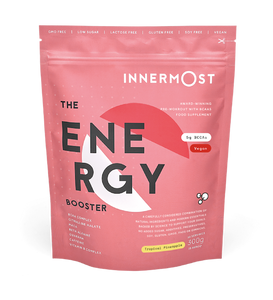Below is an article written especially for us by the very talented Helen Turner, chartered physiotherapist and health & wellness consultant. Back pain is something that a lot of people will have had firsthand experience of. Prevention is so much better than cure so here's Helen's best tips for avoiding it. We hope you enjoy the article and find it useful!
There are many reasons for developing back pain. Manual jobs carrying heavy items with incorrect techniques, or sitting slumped in one position at a desk for long periods. Pregnancy can also lead to many women developing back pain due to the increased stress on the spine during pregnancy. Tight muscles, poor core strength and wear and tear of the spinal discs can all lead to the development of back pain. With that in mind, here are 5 tips to look your back and keep your pain free.
Improve your posture
With a lot of jobs being more sedentary these days it’s important to think about posture when at work. Sitting in a bent position for long periods increases the stress on the spinal discs and makes the back more susceptible to having a disc prolapse (slipped disc). Make sure you change position at least every half hour and speak with someone about the possibility of getting a stand up desk. Maybe try sitting on an exercise ball for an extra core workout!
Strengthen your core
Having good core strength helps to reduce the strain on the lower back. These days most people have weak abdominal muscles. Exercises such as Pilates are great for strengthening the core and spinal stabilisers. Posture will improve with regular practice. Also, abdominal exercises such as planks and side planks are a good way to strengthen the core without putting too much strain on the spine.
Learn to lift heavy items correctly
If work involves lifting or bending, make sure to attend specific manual handling training. Even if it doesn’t involve heavy weight, repetitive bending in the wrong way can wear out the spinal discs and lead to back pain.
Maintain a healthy weight
Carrying extra body weight increases the stress on the spine. It can also compress the spinal discs leading to increased chance of a disc prolapse (a nasty slipped disc). Keeping a healthy weight for your body type will reduce potential wear and tear on the spine.
Stretch!
Muscle tightness can make back pain worse. Tight hamstrings can put unnecessary stress on the lower back or pull the pelvis out of alignment. Make sure to stretch the spine, hamstrings and quads at least two to three times a week. A good physiotherapist can tell you the correct ways to stretch these muscles since good technique is really important! You can read more from Helen at www.helenturnerhealth.com, and you can even spy on what she's up to on Instagram (@helenthealth)!


















